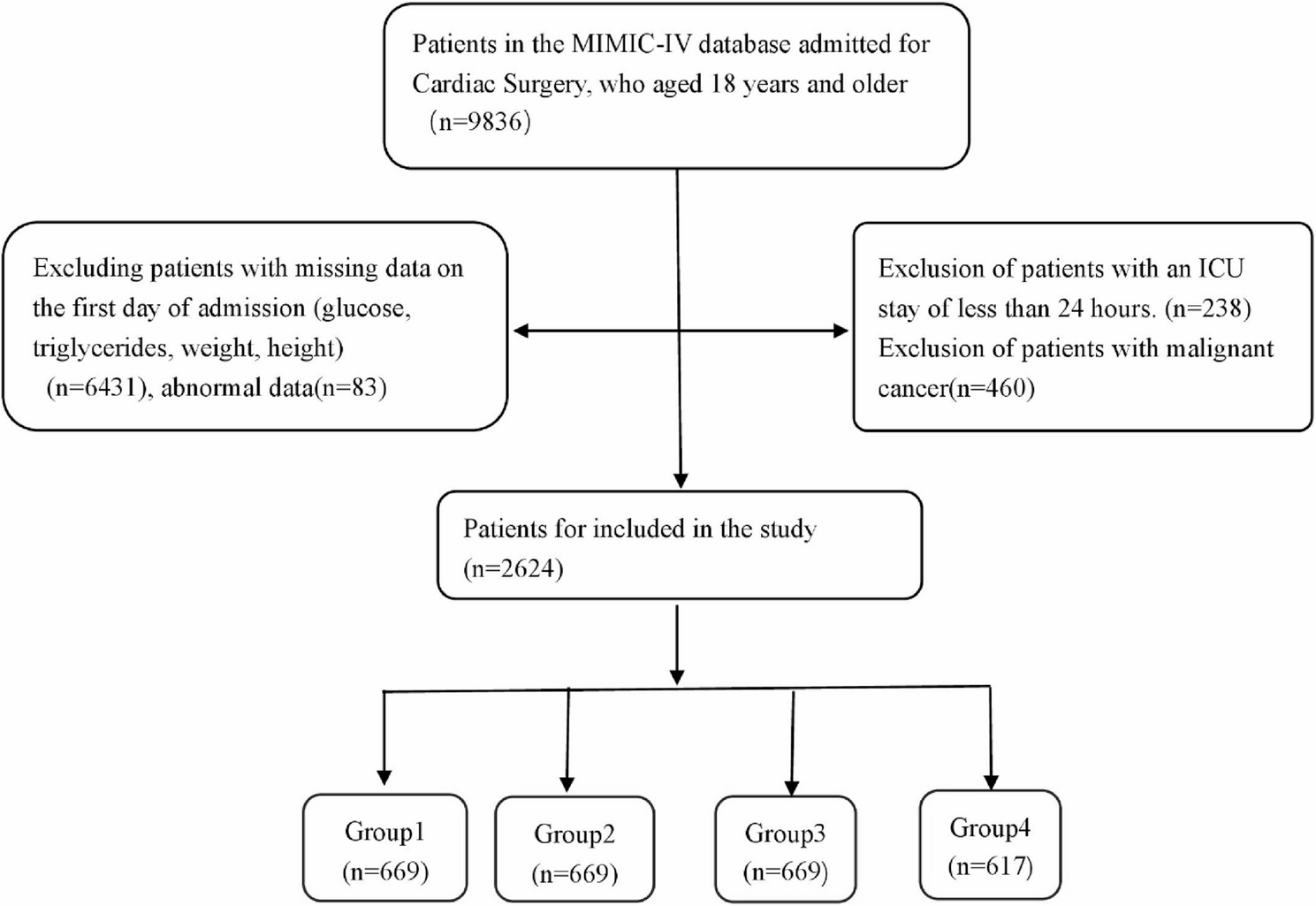GERMANY: Kaltra has introduced a new series of microchannel evaporator coils that provide stable operation under challenging thermal conditions and enable full reversibility as condenser coils in heat pump…
Blog
-

Ukrainian refugee artist shows ‘the beauty of the world’ at Lisbon’s Estrela Basilica
Published on
Veronika Blyzniuchenko had recently been in Portugal when she heard a bird singing. It was a blackbird:…
Continue Reading
-

Hyperemesis Gravidarum During Pregnancy Tied to Depression
SEVERE pregnancy sickness is more than a physical ordeal. A new Finnish study has revealed that hyperemesis gravidarum is strongly associated with both pre-pregnancy and post-pregnancy depression, suggesting a deeper biological and…
Continue Reading
-
Animal costume contest: Vote the best disguises in the animal world
“What are you going to be?”
For some of us, the opportunity comes once a year — to try on another look and pretend to be something other than…
Continue Reading
-
Big Tech to report earnings under specter of AI bubble – Reuters
- Big Tech to report earnings under specter of AI bubble Reuters
- What to Expect in Markets This Week: Fed Interest-Rate Decision; Earnings From Apple, Microsoft, Meta, Amazon, Alphabet Investopedia
- Big Tech earnings, a crucial Fed meeting, and a Trump-Xi sit-down: What to watch this week Yahoo Finance
- Huge week and risks face stocks this week TheStreet
- View From the Circle: A Big Tech Test Barron’s
Continue Reading
-

Ultra-HD televisions not noticeably better for typical viewer, scientists say | Television
Many modern living rooms are now dominated by a huge television, but researchers say there might be little point in plumping for an ultra-high-definition model.
Scientists at the University of Cambridge and Meta, the company that owns Facebook,…
Continue Reading
-

SpaceX Starlink internet isn’t fast enough for Ukraine’s combat robots
The amount of bandwidth provided by SpaceX’s Starlink satellites is limiting Ukraine’s ability to operate ground robots on the frontline of the nation’s war against Russia, forcing the beleaguered nation’s tech innovators to look for…
Continue Reading
-

British Airways Pulls Louis Theroux Adverts After Bob Vylan Interview
British Airways (BA) has pulled sponsorshop from Louis Theroux’s podcast following an interview with the frontman of controversial hip-hop duo Bob Vylan.
A spokesperson for the airline told The Guardian the interview…
Continue Reading
-

The association between triglyceride glucose–body mass index and all–cause mortality in critically ill patients undergoing cardiac surgery: a retrospective analysis from the MIMIC–IV database | BMC Cardiovascular Disorders
This retrospective study is the first to investigate the relationship between TyG-BMI and all-cause mortality in individuals undergoing cardiac surgery. The analysis demonstrated a U-shaped pattern between TyG-BMI values and mortality during the 30- to 365-day follow-up periods. Postoperative mortality risk rose with both decreased and elevated TyG-BMI levels, pointing to a non-linear pattern between this marker and patient survival. The statistical significance of this nonlinear trend was further confirmed through spline-based regression modeling, highlighting the need to pay more attention to the dual-end risks of TyG-BMI in preoperative assessments.
Insulin resistance (IR) is frequently observed in association with both metabolic syndrome and obesity [16]. The presence of insulin resistance has been linked to an increased risk of cardiovascular complications and unfavorable prognoses after cardiac surgery [17]. This relationship is attributed to disorders of glucose and lipid metabolism, as well as oxidative stress, inflammatory responses, endothelial dysfunction, and ectopic lipid storage [7]. The TyG index, based on fasting plasma glucose and triglyceride concentrations, has been recognized as a useful surrogate for assessing insulin resistance [18]. The TyG-BMI index, along with BMI, offers a more thorough evaluation of metabolic disorders and obesity levels [18, 19]. Recent studies have shown that the TyG-BMI index is associated with poor outcomes in patients undergoing percutaneous coronary intervention (PCI) [20,21,22]. Chen et al. and Zhang et al. have also found that the TyG index may be a valuable predictor of adverse outcomes in diabetic patients who have undergone coronary artery bypass grafting (CABG) [23]. Previous research has predominantly concentrated on the effects of elevated TyG or TyG-BMI on the risks associated with cardiovascular disease, metabolic syndrome, and all-cause mortality [24].
Our study identified a U-shaped association between the TyG-BMI index and all-cause mortality within 30 to 365 days following cardiac surgery. We propose the following interpretations for this finding. First, as the TyG index is calculated using fasting triglyceride and glucose levels, a low TyG value may reflect either hypolipidemia or hypoglycemia. It is plausible that low fasting glucose contributes to the increased mortality observed at lower TyG levels. Previous studies have shown that hypoglycemia (≤ 4.0 mmol/L) is significantly associated with higher risks of atrial fibrillation, diabetes, stroke, and major adverse cardiovascular events [25]. Moreover, patients experiencing more than five hypoglycemic episodes per year have a 61% higher risk of cardiovascular events, including arrhythmia (65%), cerebrovascular accident (38%), and myocardial infarction (43%) [26]. Second, the cardiovascular impact of low lipid levels remains controversial. One prospective cohort study found that low LDL-C (< 70 mg/dL) and low triglyceride levels were associated with an increased risk of hemorrhagic stroke in women [27]. However, other studies suggest that cardiovascular benefits may continue to accrue with further reductions in LDL-C [28]. Interestingly, although obesity is a well-established risk factor for cardiovascular disease, numerous studies have reported a U- or J-shaped relationship between BMI and mortality [29]. In some contexts, individuals with lower BMI may face higher short-term mortality compared to those who are overweight [30]. This paradox may be partly explained by the limitations of BMI, which is calculated solely from height and weight and does not reflect fat distribution or body composition. As a result, individuals with low TyG-BMI may be misclassified as having low metabolic risk, while in fact they may suffer from malnutrition, sarcopenia, or frailty—conditions that independently increase the risk of mortality. Furthermore, we observed that the increase in mortality risk at higher TyG-BMI values was less pronounced than at lower values, consistent with the “obesity paradox”. This phenomenon has been documented in various cardiovascular populations but remains underexplored in ICU patients following cardiac surgery [31]. We propose that the inflection point of the TyG-BMI index (approximately 235–238) may represent a “metabolic intermediate zone”. This threshold warrants further investigation as a potential tool for risk stratification in future studies, but more clinical evidence is needed to validate our conclusions in the future.
In our study, the risks across all TyG-BMI quartiles were relatively close, with statistically significant associations observed only in certain subgroups. The reduced number of participants in some subgroups may have limited the statistical power, but other explanations may also exist. We found that the association between TyG-BMI and 30-day and 365-day all-cause mortality was more pronounced in male patients, non-White populations, patients with acute kidney injury, and those without type 2 diabetes mellitus, suggesting a certain degree of heterogeneity in the relationship between TyG-BMI and postoperative mortality risk. Clinically, insulin resistance (IR) is associated with several conditions, including obesity, T2DM, metabolic syndrome, cardiovascular disease, and cancer [32]. IR is a hallmark feature of patients with T2DM, who are already in a high-risk metabolic state. Therefore, the prognostic stratification value of the TyG-BMI index in diabetic patients may not be as evident as in non-diabetic individuals. In addition, our study did not perform subgroup analyses based on different BMI levels (e.g., normal weight vs. overweight/obese), as this was not planned in the initial study design. Given that BMI is an integral component of the TyG-BMI index, obesity status may modulate its predictive performance. Future studies are warranted to further explore the utility of this index across different BMI categories, which may help identify the optimal populations for its application.
TyG-BMI is an index that can be calculated based on routine laboratory tests and physical measurements, with the advantages of being simple, cost-effective, and non-invasive [33]. This study highlights the potential of TyG-BMI as an informative metric for assessing preoperative risk [34]. Particularly for elderly cardiac surgery patients with multiple comorbidities, a TyG-BMI level within the appropriate range may represent a better metabolic state and balanced energy reserves, which can help improve postoperative survival rates [2]. Additionally, for patients with low TyG-BMI, nutritional support and overall health improvement can be enhanced preoperatively [35]; while for those with high TyG-BMI, metabolic control should be intensified and perioperative management optimized to achieve individualized interventions [12].
This study has the following strengths: First, it employed a systematic and diverse set of statistical methods, including Kaplan-Meier survival curve analysis, Cox proportional hazards regression model, restricted cubic spline (RCS) regression, and subgroup analysis. The association between TyG-BMI and all-cause mortality in cardiac surgery patients was investigated using diverse analytical approaches, which enhanced the rigor and credibility of the findings. Second, the RCS model uncovered a nonlinear, U-shaped relationship between TyG-BMI and mortality across short-, medium-, and long-term periods, successfully identifying risk inflection points that traditional linear models failed to detect. Third, the study covered postoperative mortality outcomes at multiple time points, covering follow-up periods of 30 to 365 days, providing a more comprehensive assessment. Furthermore, utilizing a substantial real-world dataset of individuals who underwent cardiac surgery, this study has good clinical representativeness and generalizability.
Nevertheless, this study has several limitations. Firstly, the study employs a retrospective observational approach. Although multiple factors have been adjusted for, it is still impossible to completely avoid the influence of confounding factors or to determine causality. Secondly, as an indirect metabolic indicator, TyG-BMI cannot distinguish between fat and muscle components through BMI alone, which may lead to some evaluation bias [36]. Thirdly, the MIMIC-IV database does not contain reliable data on cause-specific mortality. Therefore, only all-cause mortality was analyzed in this study. Future prospective research is warranted to investigate the association between TyG-BMI and specific causes of death, such as cardiovascular or infectious mortality, to further clarify its clinical implications. Additionally, direct comparison between TyG-BMI and existing risk scoring systems would help evaluate its additional predictive value. However, as this study is a retrospective analysis, and due to differences in the availability and calculation standards of each scoring system, we were unable to perform such comparisons. Future analyses using discrimination metrics (e.g., AUC), reclassification indices (e.g., NRI, IDI), or calibration curves would be beneficial in further assessing the incremental value of TyG-BMI in clinical decision-making. Meanwhile, as the TyG-BMI was calculated based on glucose and triglyceride values upon ICU admission, these parameters may have been influenced by surgical stress and acute-phase responses, potentially limiting its reflection of the patient’s baseline metabolic risk.
In summary, TyG-BMI may serve as a useful and accessible biomarker for early risk stratification in critically ill patients after cardiac surgery. Future prospective studies are needed to validate its predictive performance in broader populations. Similar metabolic indices have shown prognostic utility in various cardiovascular populations. For instance, Yılmaz et al. reported that triglyceride-based indices predicted in-hospital mortality in coronary ICU patients [37], while Aslan et al. associated the atherosclerotic plasma index with cerebrovascular events in patients with carotid artery disease [38]. These findings support the broader applicability of TyG-like indices in risk stratification. In addition, with the growing role of artificial intelligence (AI) in clinical prediction and personalized risk assessment, the integration of artificial intelligence (AI)-based modeling techniques may further enhance the predictive accuracy and clinical utility of metabolic indices such as TyG-BMI. Recent advances have demonstrated the potential of AI to improve risk modeling in cardiovascular medicine, suggesting promising directions for future research in this field [39].
Continue Reading
-

Thorsten Ritter Leaves Beta Cinema
Veteran German film executive Thorsten Ritter is leaving Beta Cinema after more than 13 years at the company.
Ritter announced his exit on Monday, saying he was leaving “to take on new professional challenges.”
Ritter has been…
Continue Reading
